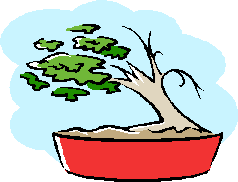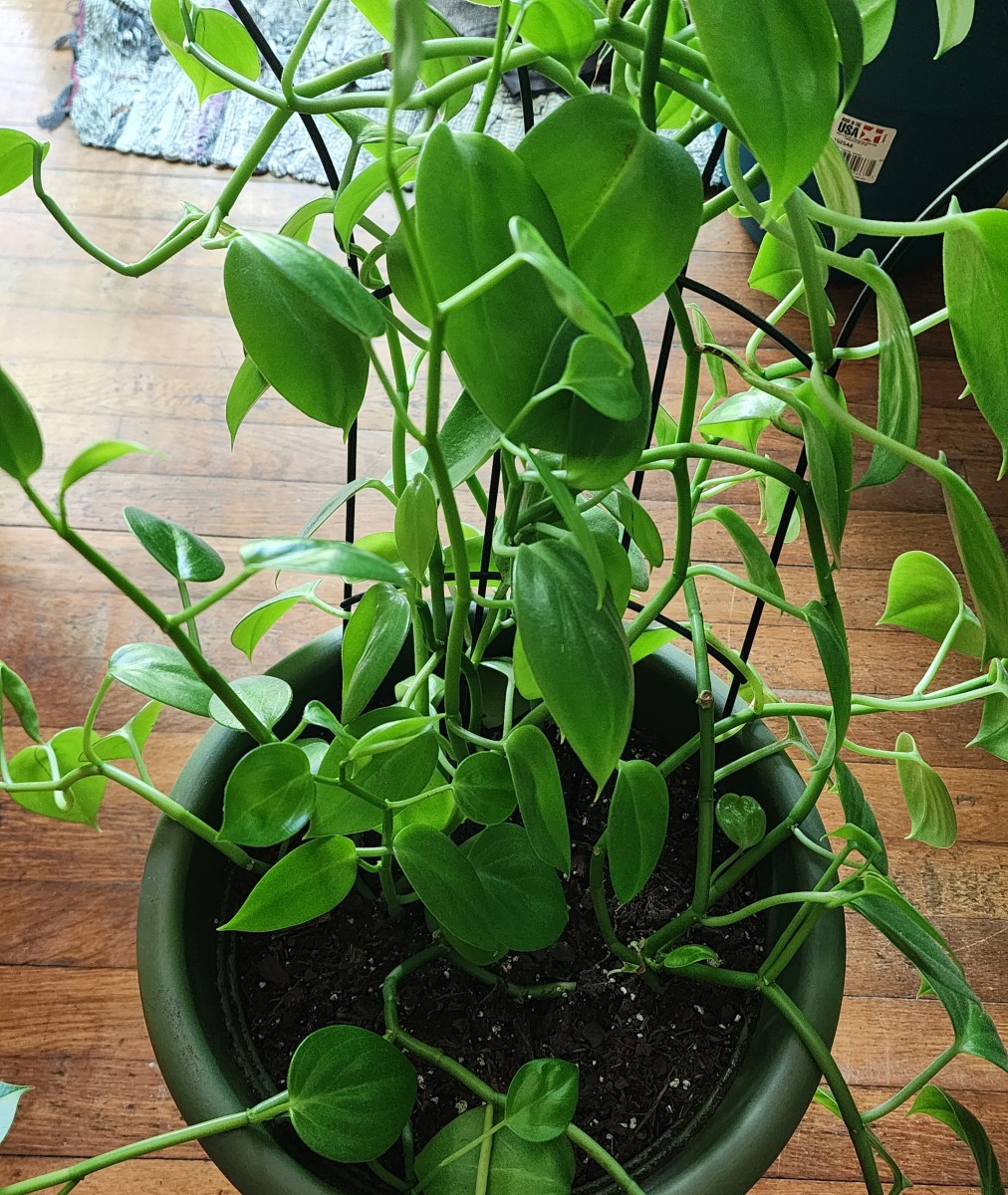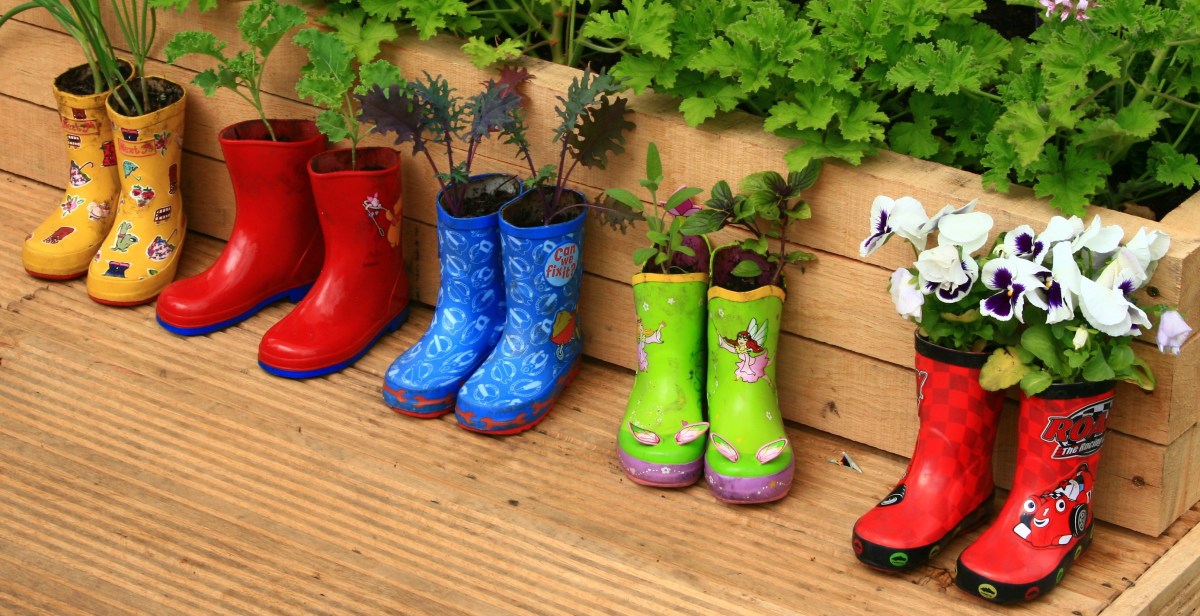Bonsai Miniature Trees and Natural Scenes

Bonsai is the art of transforming trees and landscapes into a small container. Bonsai, which is translated as planting tray, first arrived in Japan with Buddhists priests. It is an art form that takes years for the practitioner to perfect. Trees and plants in small containers can range from 2” to 24 “. Some trees live for 20, 30, or 50 years, but are pruned to remain in the small container. The Mane bonsai are mature trees that measure 2 inches tall.
The Buddhist Art Form
The practice or hobby of Bonsai portrays a gentle respect for nature. As with many art forms that relate to practices that the Buddhist brought to Japan, high-ranking nobility were the first to enjoy and practice the art form. The Zen Buddhist monks with the emphasis on simplicity practiced bonsai by removing all from the plants leaves revealing the simple elegance of nature. Later in the 17th century, many Japanese outside of priest and nobility began to practice the hobby. When Japan was open to Westerners, the art form began to be studied by foreigners and respected as a form of art. The core elements of bonsai are to portray the beauty, truth, and the essence of life. Buddhist use the art to reveal how human should shrink from their evil nature just as the full ground tree shrinks in size.
Natural Scenes
Some arrangements have an entire landscape with lakes, mountains, grasses, and other natural formations. There can be small houses, people, and other man-made additions to these natural scenes. The trees should appear as it would in a natural scene only in miniature form. The decision to add figures to the natural scenes depends on the designer. The designer will dwarf the tree or plants depending on the scene he has chosen. The scene, plant, and dish chosen should complement each other for a harmonious scene
Types of Bonsai
In Japan, Bonsai is usually a lifelong hobby. There are contests and showing where the public can enjoy the works of these masters. There are multiple types of bonsai arrangements.
They are:
- Formal Straight. The trees trucks or limbs may be twisted, but the plant continues to grow straight up.
- Slant Cascade. This type of bonsai often looks as if it is bending with strong winds.
- Rock. This type of bonsai is transplanted with the roots wrapped around a rock or in soft rock that will allow the roots to grow through.
- Forest. This type of bonsai is similar to a miniature forest in nature.
Creating a Bonsai
Creating a miniature tree can be accomplished by precise pruning.
- Trimming the roots
- Cutting the taproot
- Size is also determined and controlled by the size of dish.
- Trimming the tree to the desired shape, and viewing from all sides.
- To miniaturize leaves, the first leaves of spring should be removed and the second growth will produce smaller leaves.
Some designers require that the tree be wired to grow in a certain direction. Also twisting branches daily will slow down the growth of the tree. The tree, like any other, must have fertilizer and sun light. Most trees will be kept outside in the natural environment and never allowed to become completely dry. Depending on the types of plants, water should be done daily, and in some cases several times a day Depending on the type of plant, care should be taken not to over water. Only plants grown inside can be kept inside during the winter. Misting of the leaves may also be required during warmer days.
- Bonsai prefer the morning and evening sun. Put the container where it can have both while allowing it to be positioned in a shaded area from the hot mid-day sun.
The Chinese version of the Bonsai is called pun-sai and is a more free form than the Japanese versions.
Landscapes of Bonsai can include sand in areas that draws on the Zen Gardens design. Some gardeners prune the trees to look like they are windblown while others may stretch their small tree across a rock for a breathtaking arrangement. Plants will take on shapes that are part of their natural growth and may provide for a result that the practitioner will have to respect and work into the design
Tools You'll Need
What is needed to start a bonsai plant is:
- A tree. Choose plants that grow best in your area.
- Choose your dish. Give thought about the color of the dish and how it may compliment the natural color of the tree you plant.
- Study designs and think what type of look is desired when the bonsai should have when mature.
- Punning equipment
- There are books and clubs that can help along the way.
- Once your tree begins to grow, it can be replanted depending on the size and the final designed desired.
- Techniques for different designs maybe complicated and guidance may be needed.
This is a hobby that may take a lifetime. One does not have to practice Buddhism to enjoy the practice of bonsai. Many masters feel they are never finished. It is also a gentle hobby that requires quiet time and contemplation
- Bonsai (101 Essential Tips): Harry Tomlinson: 9780789496874: Amazon.com: Books
Bonsai (101 Essential Tips) [Harry Tomlinson] on Amazon.com. *FREE* super saver shipping on qualifying offers. Breaks down key information on cultivating bonsai into 101 easy-to-grasp tips and gives quick answers to all your questions.
- Ikebana:The Beautiful Art of Flower Arranging
Buddhist inspired flower arrangements are a form of art. The asymmetrical form provokes thought and inspiration not unlike a beautiful painting. These arrangements are beautiful and unique.



